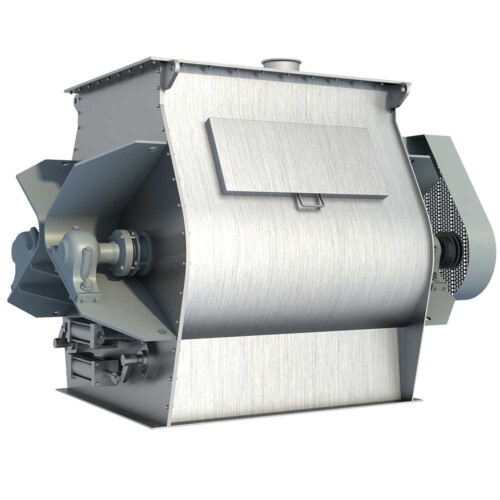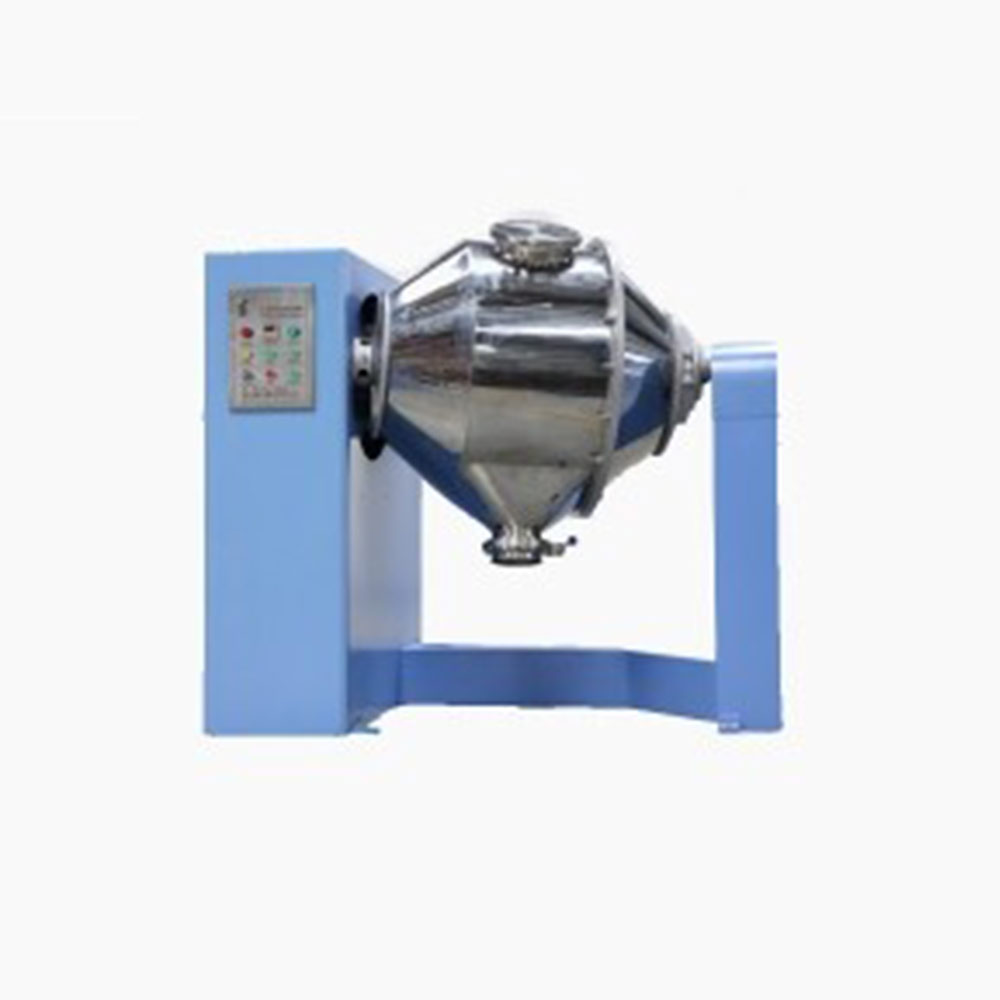Ask An Expert
Frequently Asked Questions
Yes, We can supply simple stand alone panels or automated PLC controlled systems. We normally install and test all controls on our mixers before they are shipped.
Yes, we normally test the mixers before they are shipped and mark out the wire need to connect on the control box.
We manufacture specialty mixing equipment for powder & bulk materials. Included are ribbon blender, plough mixer, conical screw mixer, twin shaft paddle mixer, V blender, double cone blender and other auxiliary equipment such as screw conveyor, quantitive auger filler.
We sell across the world, our cusotmers distribute 5 continents.
Share Us With Your Network
How Purchasing the Right Equipment Can Help Your Business Cope with Growth
Businesses of all sizes and across all industry verticals face challenges and in any workplace planning for future growth – and more importantly sustainable growth – means implementing strategies across all facets of the company.
One of the biggest outlays that firms in the manufacturing industry undoubtedly face is for equipment – which is why it is crucial that purchasing is done in a transparent environment that allows for strategic, cost effective budgeting that aligns with future goals.
Take a company working in pharmaceutical manufacture. This is an area which is growing; as people are typically living longer the population in many countries is aging at a higher rate than before. Add to this a burgeoning interest in healthy lifestyles and medicines, multivitamins, and nutritional supplements are seeing a surge in popularity. So where does that leave a company who may have opened its doors in the early 1990’s – or even earlier – if their business has increased exponentially over the past ten years or so?
Obviously a flourishing business is something we all strive for, but rapid growth can bring its own set of problems. More staff must be hired, offices, storage facilities and manufacturing plants need to be increased in size, and more equipment must be bought. None of which are cheap!
In order to foster growth, a clear vision for the future must be in place. The most successful companies will already have this foundation. Those that are scrambling to cope with unexpected growth often fail to deliver and fall short of customer expectations.
Being able to anticipate your customers’ needs and having the infrastructure in place to adjust your business model is vital – as is having the financial capabilities and equipment or machinery to be able to scale and continue supplying your product.
Don’t lose custom through lack of foresight
In order to meet increased demand, manufacturing firms will usually need additional equipment. This is where strategy comes in, for it is essential to not simply keep up with demand, but to stay one step ahead of it too. And in a tough economic climate the difference between keeping old contracts and winning new ones often means looking for new ways to handle greater quantities of product – not simply by scaling up, but by operating more efficiently and with more versatility.
For businesses that use blending as part of their process, being able to quickly – and accurately – achieve this is critical. Using a state-of-the-art sanitary ribbon blender will fit neatly into an efficient and versatile growth strategy. Modern ribbon blenders are able to handle single-batch production requirements of large quantities which enable manufacturers to increases their maximum single-batch production capacity often by up to 200%.
One of the obvious advantages of supplementing existing equipment with a higher capacity blender is that in the long run, production costs can be lowered significantly, enabling you to pass savings on to the client – something that will create a clear competitive advantage.
Another benefit of using the right size blender, or having a choice of blenders, is that in order to operate properly, ribbon blenders require a batch volume of approximately one-third of their maximum rated capacity. Less than this and not all material will have complete contact with the blender’s inner and outer helical ribbons. That means more ingredients are needed to ensure correct blending, which leads to wastage. With a choice of blender sizes however, the correct quantities can be used, keeping batch cost at a minimum.
How to choose the right size ribbon blender for your needs
Generally speaking, the loading factor of a ribbon blender is 30% to 70%. The following will enable you to calculate the right size:
Total volume of ribbon blender = capacity/loading factor x bulk density
For example, if you require a 1000kg/batch capacity of milk powder and the bulk density is 0.5kg/l, the total volume of the ribbon blender should equal a minimum of 1000/0.7×0.5 = 2850 L.
If high volume orders have increased, utilizing a single blender will not only save cost, but time too. It will also reduce QC sampling. However, having more than one blender will allow for overlap, so you can accept orders of varying sizes and also speed up process and delivery times.
Ensuring blenders are able to meet future demand
So how can you be sure that your blenders and other equipment will enable you to meet future demand? Firstly, look at your current production rates and ensure new equipment can handle a greater quantity of product than you currently produce. Buying equipment from one manufacturer is also a good idea as it will give you access to support and maintenance from someone who fully understands your working environment, as well as helping ensure that future purchase costs are more predictable.
How do ribbon blenders work?
If you’re thinking of purchasing your first sanitary ribbon blender, there are a few things you’ll need to know. As mentioned above the latest blenders operate on the principal of inner and outer helical ribbons. These are mounted on a common shaft which in turn sits inside a horizontal, U-shaped trough. The blender’s ribbons are set so that the material inside the trough is churned, or blended, in the opposite direction as well as spirally.
Modern ribbon blenders allow for varying tip speeds although a rate of 300ft per minute is the norm. Altering and controlling the speed of the ribbons enables you to hone the blending process to suit whatever material you are working with. Finally, high quality blenders are designed to allow for a rapid emission of product as well as easy cleaning thanks to their flush valves, close tolerances and a sanitary finish. Something that is a must to ensure your company is meeting your target loads, as well as industry hygiene standards.
Ask An Expert



















